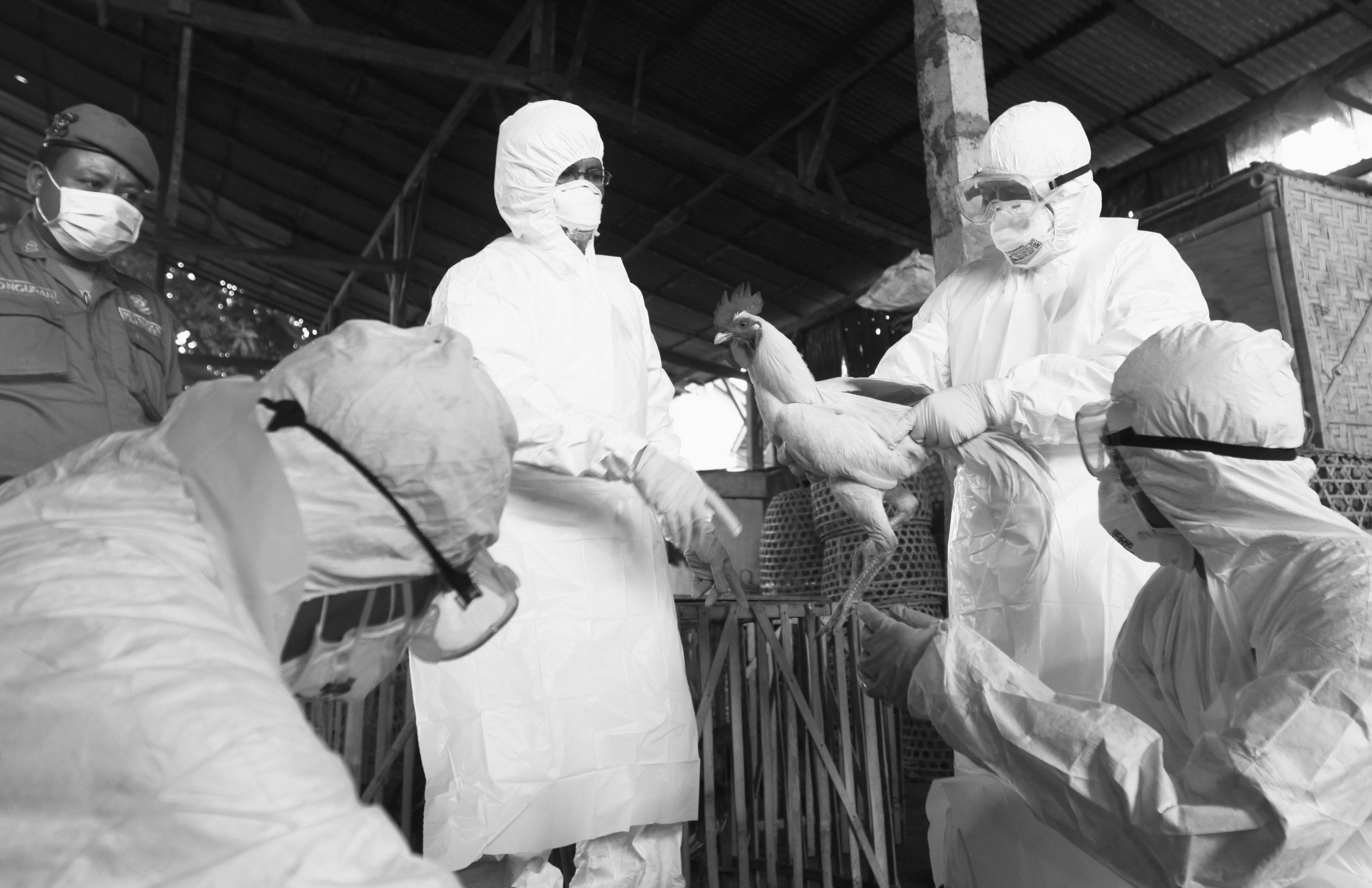In 2011, when scientists at the Erasmus Medical Center in the Netherlands pinpointed the necessary mutations to make the H5N1 avian flu virus highly contagious, they had to weigh the risks and benefits of their discovery. H5N1—commonly known as the bird flu—first broke out in Hong Kong in 1997. A second major outbreak occurred in Thailand in 2003, and drew international attention to the disease’s lethal potential.
When the virus reemerged in 2003, it killed 346 out of the 587 people infected—nearly 60 per cent. Compared with the well-known Spanish-flu epidemic of 1918, which had a mortality rate between two and three per cent, H5N1 is a microbe with incredibly deadly possibilities.
Fortunately, H5N1 in its natural form cannot cause a pandemic and is not easily transmitted through the air. Although pathogenic inside a human host, the virus can only be transmitted from bird to human. For a pandemic to arise, the virus at hand must be transmissible between humans.
However, in addition to its high mortality rate, the virus has not been widely confronted before by humans–meaning we do not have comprehensive antibodies to protect ourselves from infection.
Therefore, it came as a surprise at the annual meeting of the European Scientific Working Group in Influenza, in Malta, when Ron Fouchier, a Dutch virologist at the Erasmus Medical Centre, reported that he had discovered the mutations necessary in this virus to make it highly contagious.
Fouchier and his team started with the natural form of the H5N1 virus and passed it through ten generations of ferrets. With each generation, the scientists selected the form of the virus that best survived in the hosts and spread it to the next generation. After 10 transmissions, the virus had acquired the necessary mutations to spread from ferret to ferret in the lab. As ferrets have a very similar immune and respiratory system to humans, it is likely that these mutations would also enable this mutated H5N1 to spread from human to human, making it highly contagious.
This experiment caused widespread alarm for multiple reasons. When Fouchier examined the flu cells, he realized that there were only five genetic changes in two of the viruses’ eight genes. What’s more, each mutation had already been found naturally circulating in influenza viruses. Essentially, the data pointed to the possibility that nature could do precisely what Fouchier had done in the lab—all five of these mutations could, at one point, be found together, naturally, in one dangerous H5N1 virus.
More alarming was the fact that this deadly H5N1 virus had been deliberately created in the lab; and, if placed in the wrong hands, could be used as a weapon in biological warfare.
After the release of this experiment, scientists divided into two camps. One camp felt that this information was necessary to mitigate future outbreaks of H5N1. The other camp questioned the importance of this data in terms of providing information to create treatments or diagnoses for such a virus.
Professor Greg Matlashewski, previous Chairman of the department of microbiology and immunology at McGill, and leader of a World Health Organization program to eliminate visceral leishmaniasis from Northern India, Nepal and Bangladesh, sits in the latter camp. He believes that although there is a payoff, it is not big enough with regard to the risk.
“My question is this: if this information is so important scientifically, what have we learned from our previous such experiments?” he said.
According to Matlashewski, few tangible applications arose from reviving the Spanish influenza virus. He therefore questions the logic of performing a second experiment in which another dangerous flu pathogen is created simply for the sake of science.
“Five years ago scientists re-established the Spanish influenza viruses—one of the worst pathogens in human history—and brought it back to life in the lab. What have we learned from that virus, and if we haven’t learned anything practical with respect to diagnosis or treatment of vaccines, then why do it again?”
Although there is some payoff from these experiments, these results could also have been obtained through other methods, if the virus were to emerge again in the population. Scientists could quickly perform genetic sequencing tests on the actual virus, and acquire a similar and more relevant set of information.
For Matlashewski, “the payoff is not enough to do these experiments; these are really potentially dangerous pathogens we are creating.”







